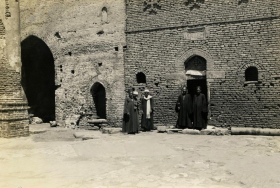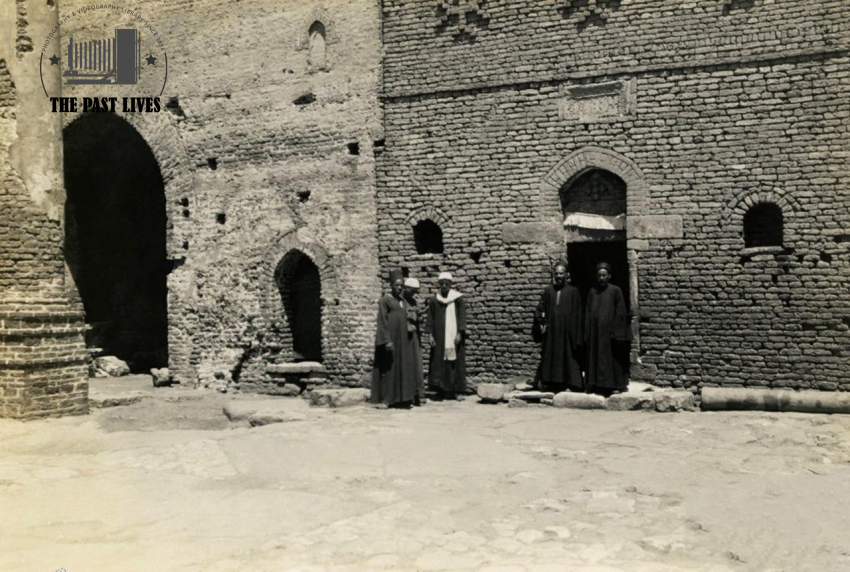Egypt, The White Monastery in Sohag, 1925
A photo from inside the White Monastery (Monastery of Anba Shenouda) in the Egyptian city of Sohag, 1925 AD
The White Monastery, one of the most important and famous Coptic monuments in Egypt and one of the most important tourist monasteries in Sohag Governorate, was named after its founder, Anba Shenouda, who was born on the 7th of Bashansh, 49 AH (May 2, 333 AD) in the village of Shatlala, now known as Shendweel. His father rejoiced greatly at his arrival and held a feast from which he fed the poor. This saint's father was a farmer who owned many sheep, which prompted his son Shenouda to devote himself to shepherding, a profession typical of the prophets. At the beginning of his reign, he became a shepherd for his father's sheep.
The monastery's foundation dates back to the late 4th century AD and the early 5th century AD. Its church was described as spacious and contained the remains of saints. The disciples of Jesus Christ, and this monastery has been mentioned by many historians, planners, and tourists, attesting to its importance and antiquity.
It is called the White Monastery because it is built of limestone, in addition to other stones used in construction.
Similar Photos
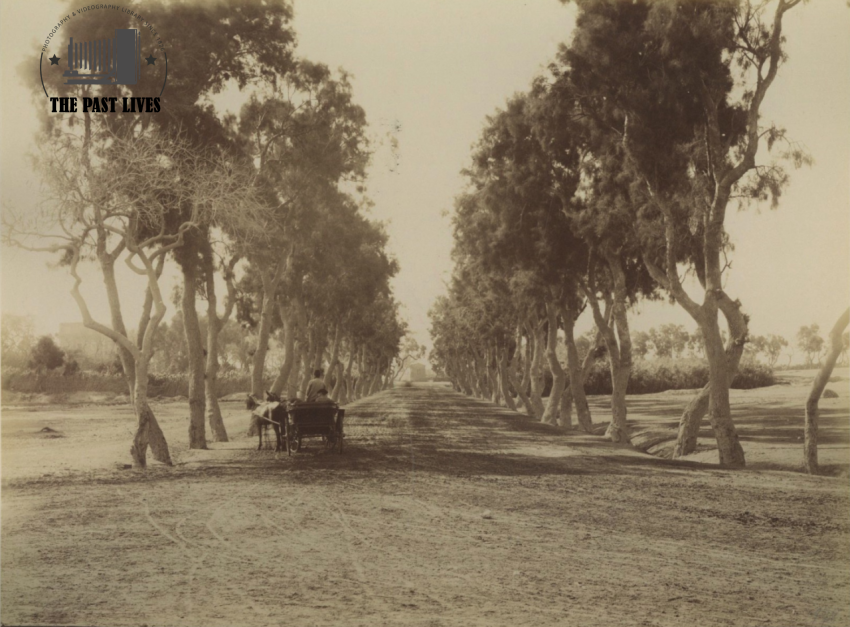
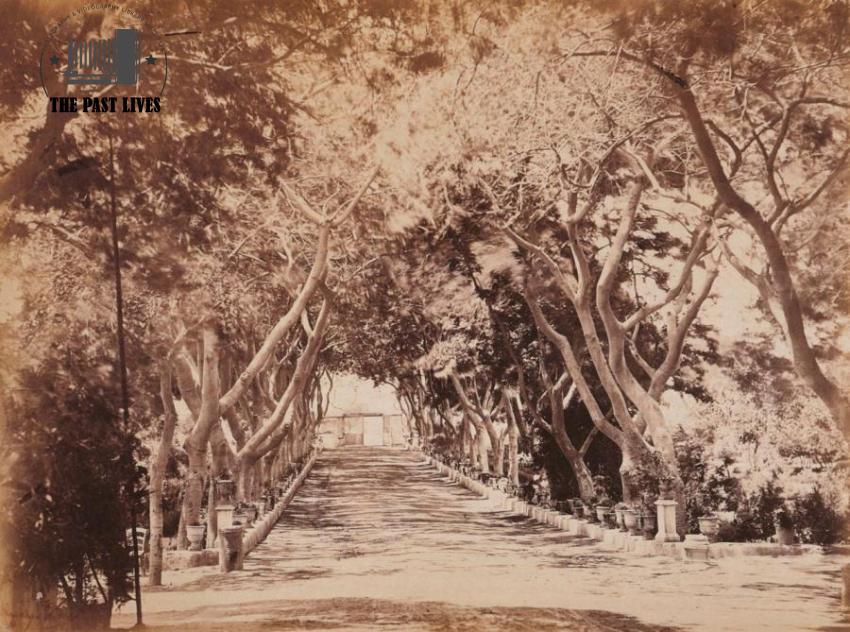
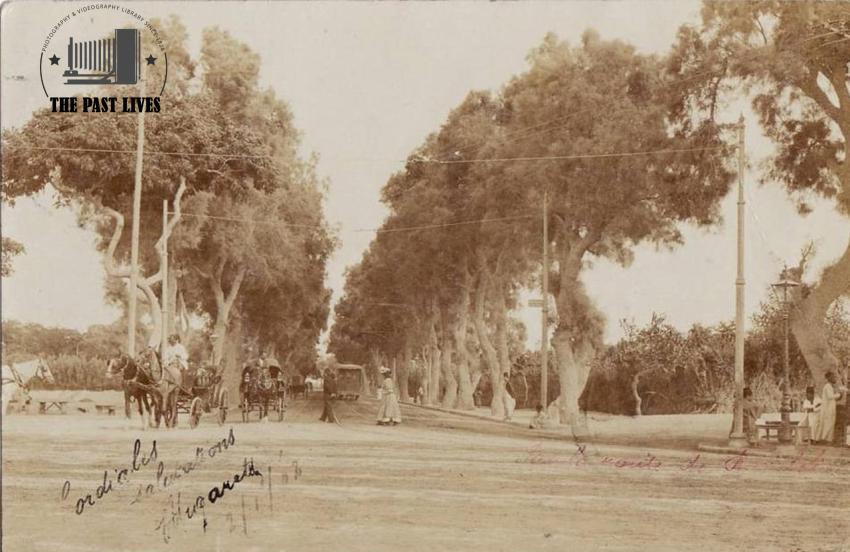
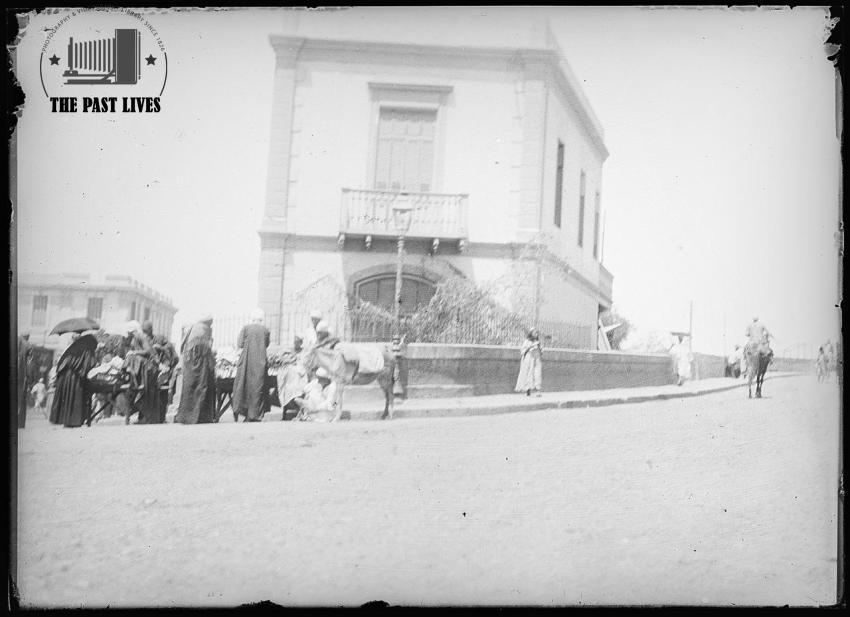
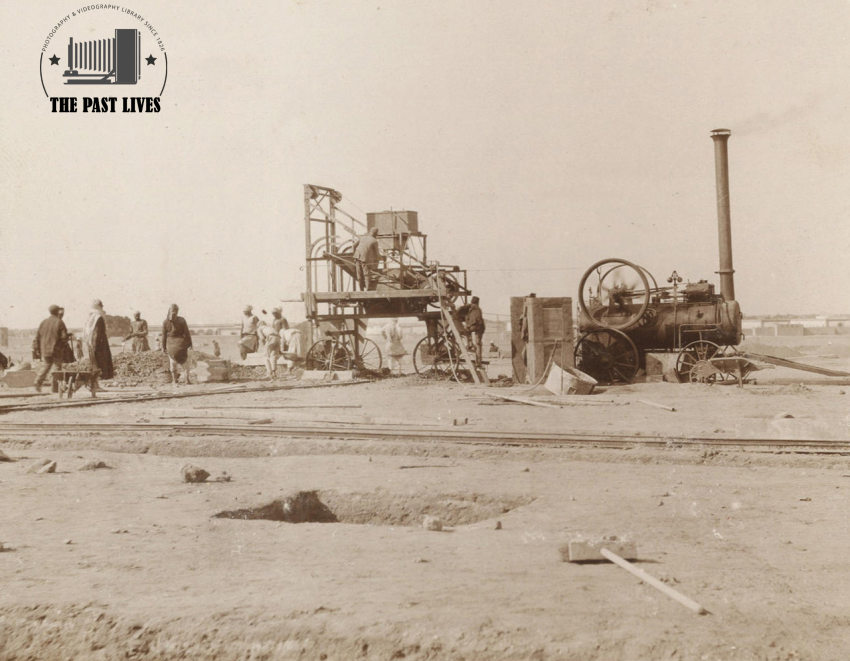
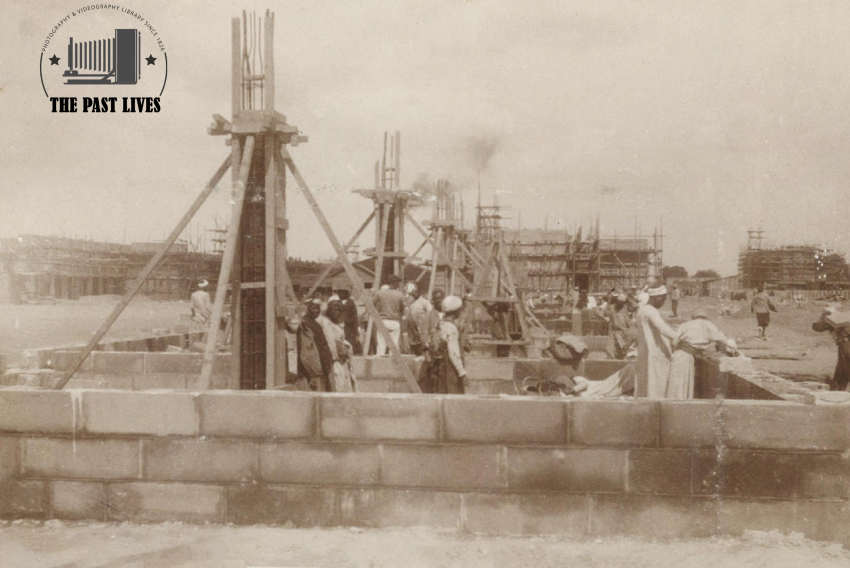
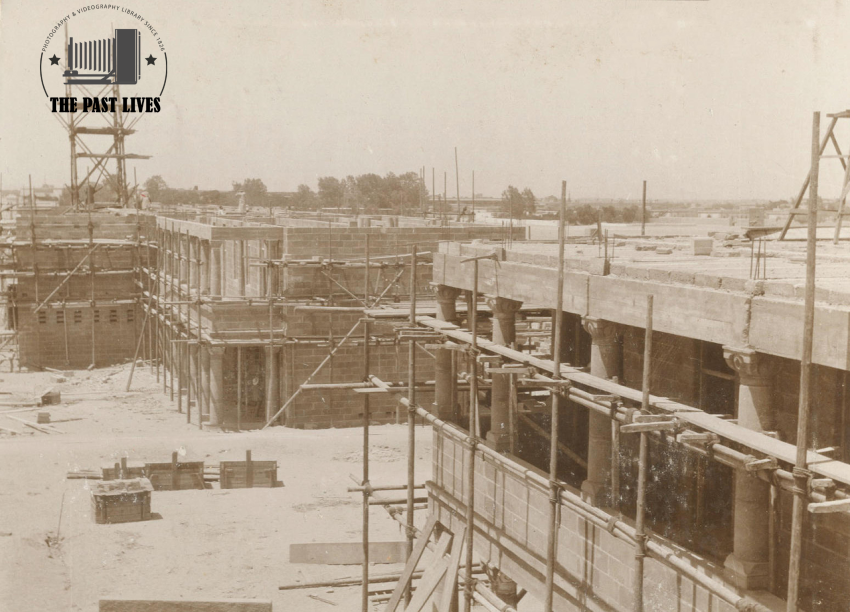
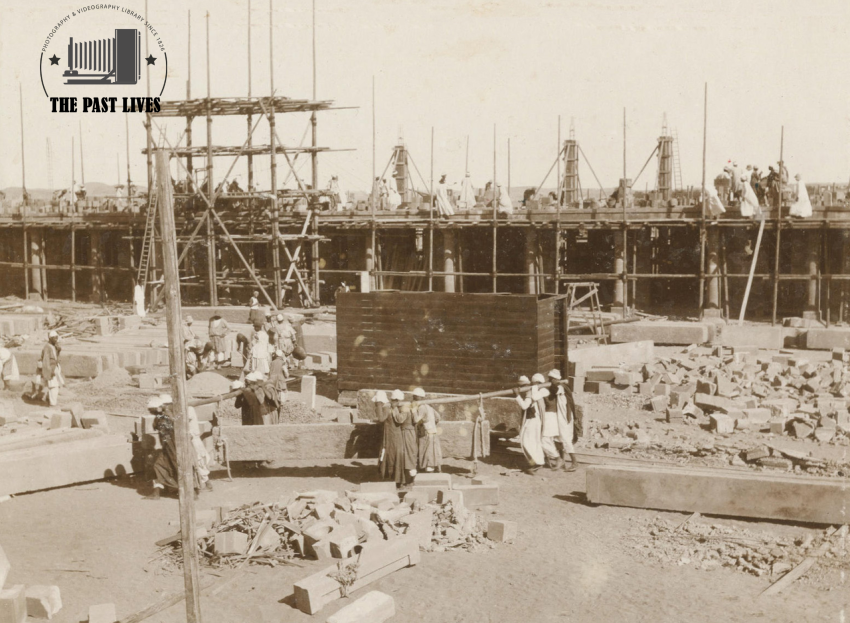
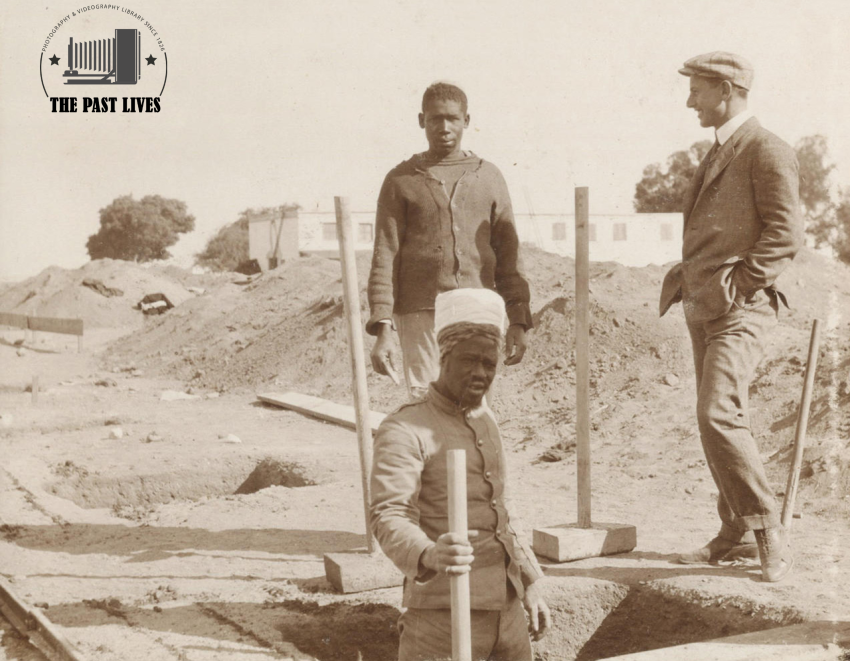
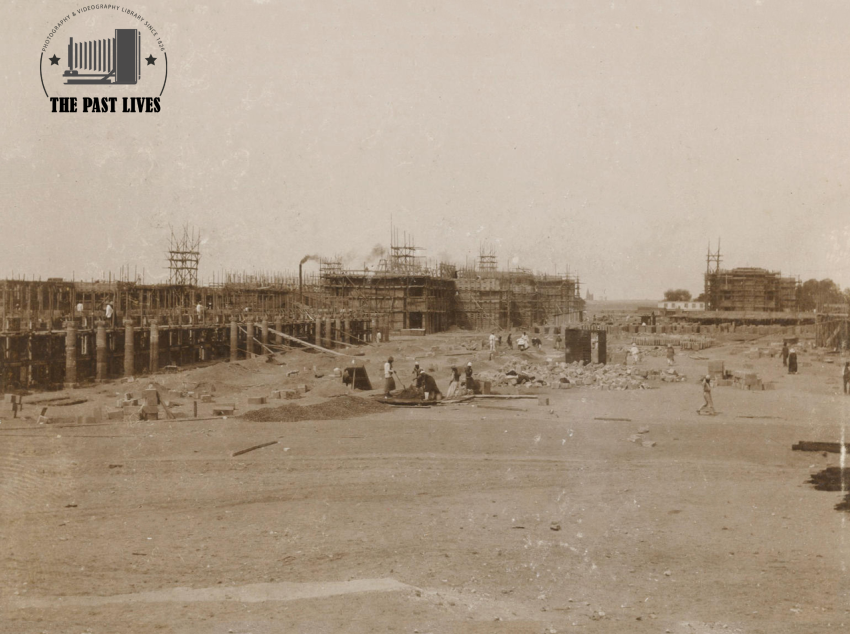
Admin
613 Photos
-
141
-
0
-
0
License and Use
Free for commercial use Attribution required- Details
- Year Taken 1925
- Country Egypt
- Photo #209
- Published on Jun 16, 2025
- Photo type PNG
- Resolution 2187x1471
- Photographer unknown
- Category Cities & Villages
- File size 2.8MB


